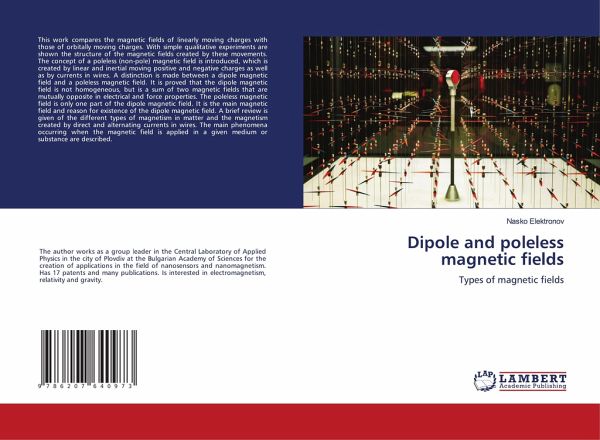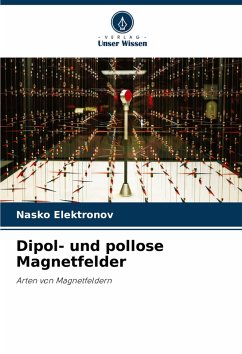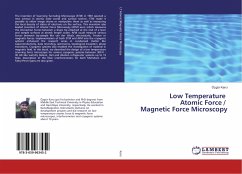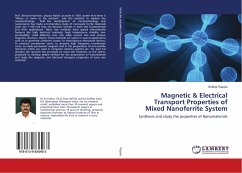
Dipole and poleless magnetic fields
Types of magnetic fields
Versandkostenfrei!
Versandfertig in 6-10 Tagen
20,99 €
inkl. MwSt.

PAYBACK Punkte
10 °P sammeln!
This work compares the magnetic fields of linearly moving charges with those of orbitally moving charges. With simple qualitative experiments are shown the structure of the magnetic fields created by these movements. The concept of a poleless (non-pole) magnetic field is introduced, which is created by linear and inertial moving positive and negative charges as well as by currents in wires. A distinction is made between a dipole magnetic field and a poleless magnetic field. It is proved that the dipole magnetic field is not homogeneous, but is a sum of two magnetic fields that are mutually opp...
This work compares the magnetic fields of linearly moving charges with those of orbitally moving charges. With simple qualitative experiments are shown the structure of the magnetic fields created by these movements. The concept of a poleless (non-pole) magnetic field is introduced, which is created by linear and inertial moving positive and negative charges as well as by currents in wires. A distinction is made between a dipole magnetic field and a poleless magnetic field. It is proved that the dipole magnetic field is not homogeneous, but is a sum of two magnetic fields that are mutually opposite in electrical and force properties. The poleless magnetic field is only one part of the dipole magnetic field. It is the main magnetic field and reason for existence of the dipole magnetic field. A brief review is given of the different types of magnetism in matter and the magnetism created by direct and alternating currents in wires. The main phenomena occurring when the magnetic field is applied in a given medium or substance are described.












